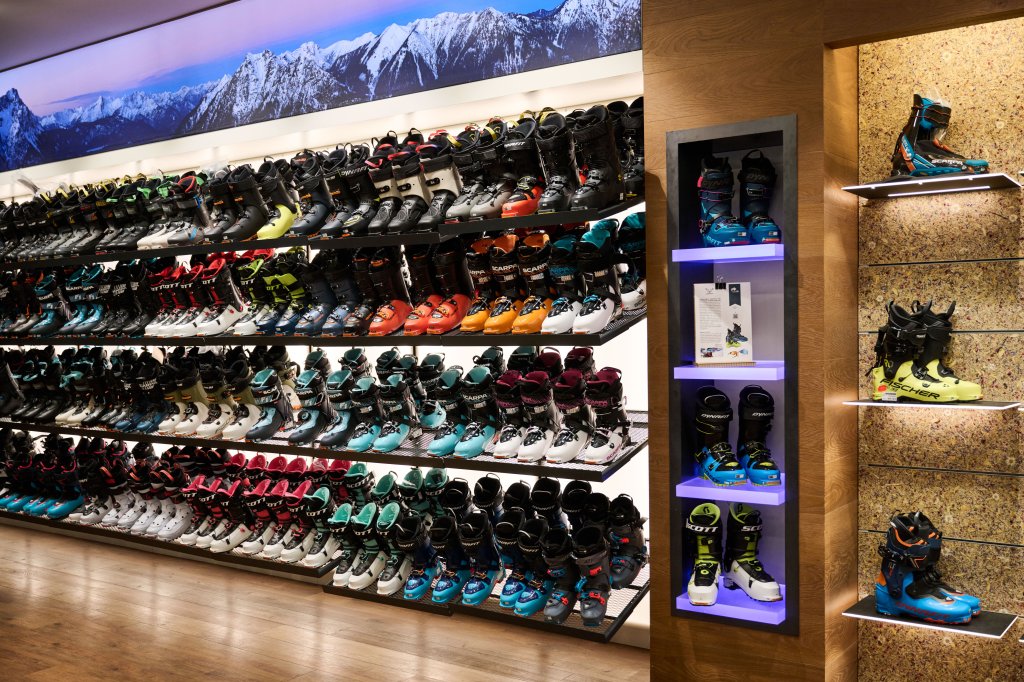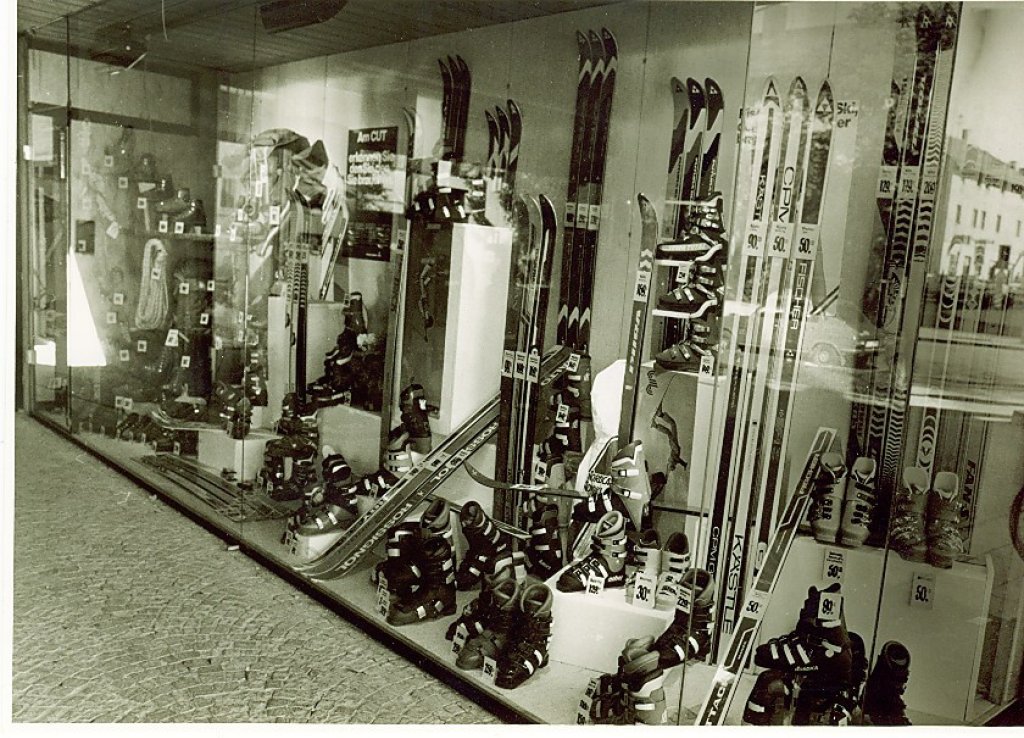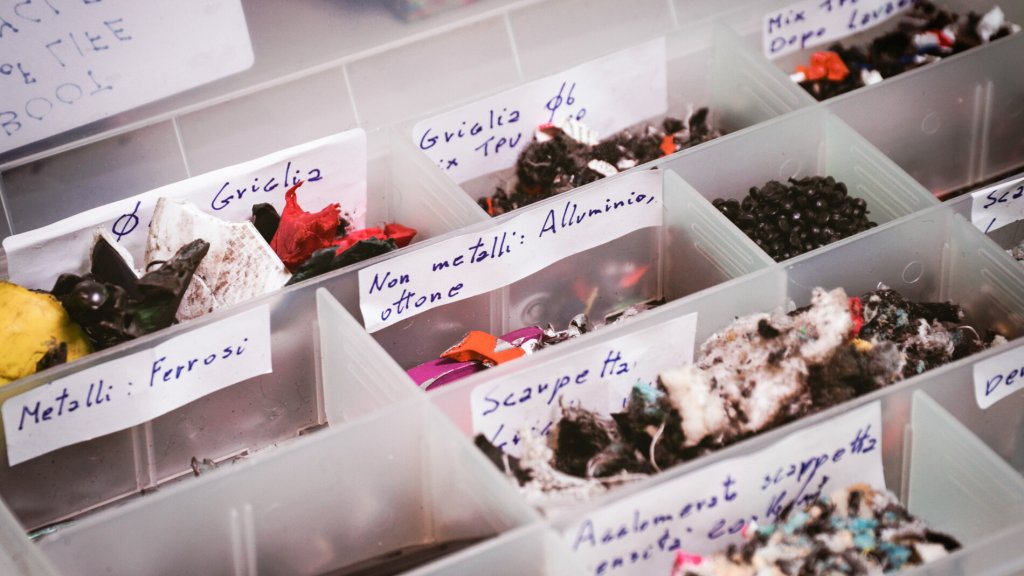Now it's time to get down to business. Let's take a closer look at the inner boot. The inner boot is supposedly the most expensive part of a ski boot. Nordika and Technika are the market leaders when it comes to liners. The two ski boot manufacturers have put the most innovation into the inner boot. This is also visually recognisable. The heel cup is spacious, but above it, at the Achilles tendon, it is much narrower for more support and the ankles are reinforced again. The whole thing is transferred to the shell. Technika in particular also offers a shell that is completely customisable. So if the shoe pinches, it can be adjusted. Again: only widen, don't tighten! Atomic also has an inner boot that reflects the shape of the foot, but the implementation is not quite as sophisticated as that of Nordika and Technica, who also use Primaloft in their inner boots for extra insulation, for example.
By the way: for all those who love their ski boots: Take the inner boots out to dry! The boot will last longer if you look after it a little and the risk of it getting mouldy and starting to stink is much lower! Heating seems logical as a quick source of drying, but it's not good for the shoe either. Keep it simple and just dry them at room temperature. In summer, you can leave the inner shoe in. In general, you should close the shoe loosely in summer and store it in a dry place. If you use warm insoles, make sure that they also have a fan to allow air to flow out of the shoe. Only warmth creates a wonderful oasis for bacteria and germs in the shoe!
What we have also learnt: You can check the age of a ski boot yourself. Especially with second-hand products, it's worth checking. If the boot still looks great but is already 10 years old, you should keep your hands off it. The plastic hardens and is no longer as resilient. You will find a round seal engraved on the outside of the shoe, which shows you the year and month of production of your shoe. They should not be older than 10 years.
So after determining my foot size (39, 24.5 in the ski boot), width (narrow) and flex (110-120), checking which bindings I use (currently the Shift 13 and the Marker Alpinist 10) and defining my area of use (downhill-orientated touring), I chose the women's model of the Atomic HAWX XTD 115. My last ski was a Technica in 25.5, but after two seasons it was far too big for me and I floated away. So I also made the classic mistake of "buying too big". The next few seasons will show whether I've made the right choice this time.









